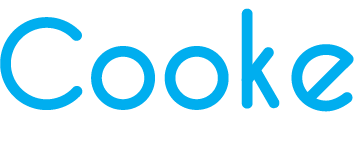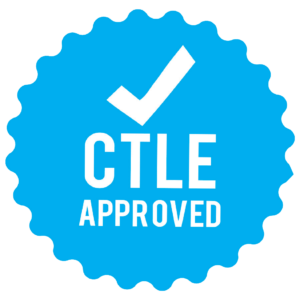March 2017 Update
It’s Unanimous
Supreme Court Case: Endrew F. v. Douglas County School District
(Image credit: Jeffrey Fisher)
Endrew W. (a student with Autism Spectrum Disorder) made little progress attending public school in Colorado. His parents made the decision to place him in a private school and like many Cooke families sought reimbursement from the government. Their argument was that the public school had not provided a free and appropriate education.
The public school challenged the parents right to reimbursement by stating that he had received “some” educational benefit by attending their school. Since “Free and Appropriate Education” (FAPE) has never been defined within the law, there wasn’t a litmus for what the word “appropriate” meant in FAPE, thus all owing a Colorado court to rule against the parents request for reimbursement.
But the case did not end here, and went all the way to the Supreme Court. In an 8 to 0 ruling, the court found that the parents were indeed entitled to reimbursement. Why? As Judge Roberts put it;
“When all is said and done, a student offered an educational program providing ‘merely more than de minimis’ progress from year to year can hardly be said to have been offered an education at all. IDEA (Individuals with Disabilities Education Act Individuals with Disabilities Education Act) demands more.”
The Supreme Court decided that FAPE typically means offering “a level of instruction reasonably calculated to admit advancement to the general curriculum.” Roberts also wrote that there is no reason to aim for grade level advancement but education “must be appropriately ambitious in light of a student’s circumstances, just as advancement in a “regular” classroom is appropriately ambitious from grade to grade. The goals may differ but every child should have the chance to meet challenging objectives.”**
FAPE includes all the services mandated by the Individualized educational plan (IEP) including the educational and therapeutic provisions. Thus, the Supreme Court decided that the quality of the services also matters, quality being determined by student progress. But in the day to day of special education terms like “growth” are difficult to quantify. When I analyze our students’ data it is clear that groups of students make different progress at different rates.
For example, our population data shows that students who have IQ scores between 70 to 85 and slightly below average adaptive skills achieve about 6 to 7 months of growth a year with a capacity for 7th or 8th grade reading levels. Students with Lower IQs and below average adaptive skills make about 3 months growth in a year, with a capacity for 2nd or 3rd grade reading. These numbers are average and do not account for every individual, but as a trend it seems reasonable. This is consistent despite what teacher your child has or what class your child is in.
There are other essentials within the IEP that also need attention. Therapeutic goals and transition goals are all part of FAPE and have to be addressed as well. Altogether a nice resource for how goals are developed can be found at :
https://dese.mo.gov/sites/default/files/Methods-an…
Here you can see a pretty complex system of how goals are developed and managed for individual students. It is a long article and yet doesn’t even begin to address the complexities of individualizing this work for every student.




